Endometriosis Treatments Fall Short in Combating Fatigue
Fatigue is one of the most overlooked but debilitating symptoms in women with endometriosis, often impairing productivity, emotional well-being, and social life. Despite the high prevalence of endometriosis-associated fatigue and significant impact on a person's quality of life, there is limited…
Key Points Lay SummaryFewer Non-White Women Are Referred to a Pelvic Pain Specialist
Black women with endometriosis receive more hormonal treatment, pain medication, and surgical treatment compared to non-Black women, found a new study conducted using data from an integrated health care system. However, the rate of referral to a pelvic pain specialist was…
Key Points Lay SummaryEndometriosis: Menopausal Hormonal Options Compared
Endometriosis causes inflammation and often leads to reduced ovarian reserve. Women with endometriosis are at a higher risk of entering menopause earlier—either naturally or due to surgery. To help preserve ovarian function and manage symptoms, clinicians often prescribe long-term hormonal…
Key Points Lay SummaryRecognizing Adolescent Endometriosis: Early, Intense, and Atypical
Adolescents experiencing pelvic pain often face delayed or missed diagnoses due to atypical symptoms of endometriosis. Unlike in adults, their pain may not follow classic patterns, making it harder to recognize and treat the disease early. In a recent prospective…
Key Points Lay SummaryPost Surgery Endometrioma Recurrence
Endometrioma is a common form of endometriosis. Endometrioma cystectomy is the preferred treatment, as it is more effective than ablation or laser vaporization in reducing pain and recurrence. While medical treatment can help prevent recurrence after surgery, postoperative hormonal therapy…
Key Points Lay SummaryA literature review about postmenopausal endometriosis.
Typically, endometriosis disease brings relief to women after menopause, but some individuals continue to develop some endometriosis-related issues even after the cessation of menstruation. This enigmatic condition, called postmenopausal endometriosis, needs to be understood, and the disease must be diagnosed…
Key Points Lay SummaryStudy Identifies Factors Associated With the Risk of Adenomyosis Progression
The disease progression rate of adenomyosis at one-year follow-up is 21.3%, according to a new study published in the International Journal of Gynecology & Obstetrics. For hormonally untreated patients this rate is 30.77% while for those who were hormonally treated, it…
Key Points Lay Summary2023 MedicalConferance: Pros and cons of hormonal interventions for endometriosis - Sarah Berga, MD
Prof. Berga, MD., who is the Chair of Ob&Gyn at Jacobs School Medicine and Biomed Sciences, presented this speech at the 2023 EFA Medical Conference. Dr. Berga explains that the primary goals of endometriosis treatment are to reduce pain and improve quality…
Key Points Lay SummaryLaparoscopic resection of bladder endometriosis
When we talk about deep-infiltrating endometriosis, one of the most commonly affected organs in the urinary tract is the bladder, with a prevalence of 80%. Bladder endometriosis can be defined as the existence of the endometrial glands and stroma inside…
Key Points Lay SummaryNon-hormonal medication for endometriosis-associated pelvic pain
The thought of benefiting from non-hormonal therapy in endometriosis pain is based on the pathophysiological findings that include angiogenesis, fibrosis, the presence of inflammatory cytokines and immune cells, apoptosis, and stem cell theory. But the effect of this treatment in…
Key Points Lay SummaryStudy Identifies Factors Associated With Risk of UrinaryTract Endometriosis Recurrence
Being younger than age 25 and having an autoimmune disease are significant predictors of the recurrence of urinary tract endometriosis after surgery according to a new study published in the Journal of Minimally Invasive Gynecology. Adjuvant hormonal therapy, on the…
Key Points Lay SummaryFactors affecting complications and the recurrence of operated deep infiltrating endometriosis
Deep infiltrating endometriosis is classified as penetrating the endometrial tissues more than 5 mm deep on the peritoneal surface, mainly uterosacral ligament, rectovaginal septum, ovarian fossa, pelvic peritoneum, bowels, ureters, and bladder. Treatment of the disease depends on the need…
Key Points Lay SummaryRisk of placenta previa is elevated in endometriotic women who underwent surgery.
In the last decade concerns raised for surgical operations performed before pregnancies of endometriotic patients due to significantly increased risk of pregnancy complications such as placenta previa, preterm birth, hypertensive disorders of pregnancy, placental abruption, postpartum hemorrhage and small baby…
Key Points Lay Summary
 By Hale Goksever Celik
By Hale Goksever Celik
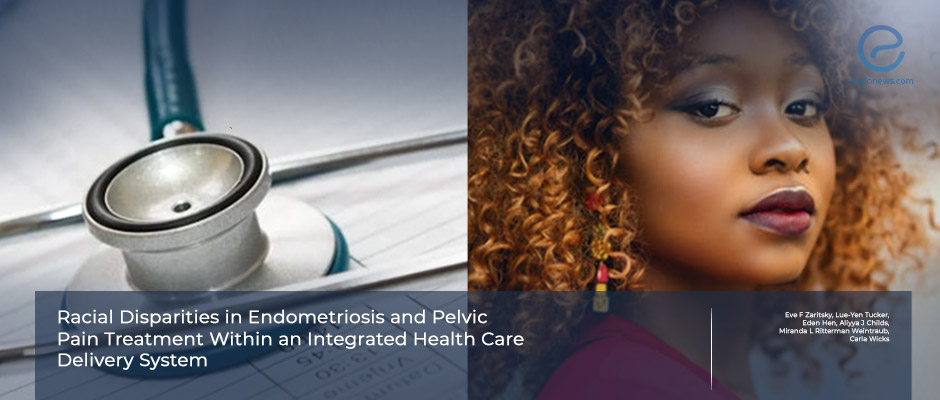
 By Özge Özkaya
By Özge Özkaya
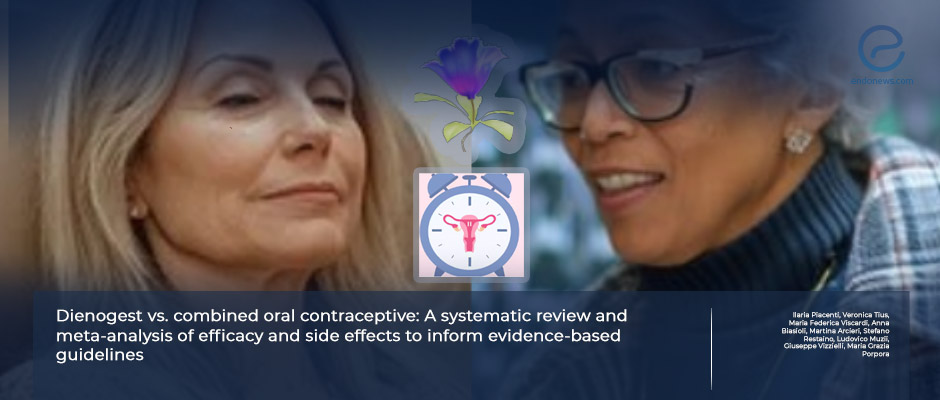
 By Selma Oransay
By Selma Oransay

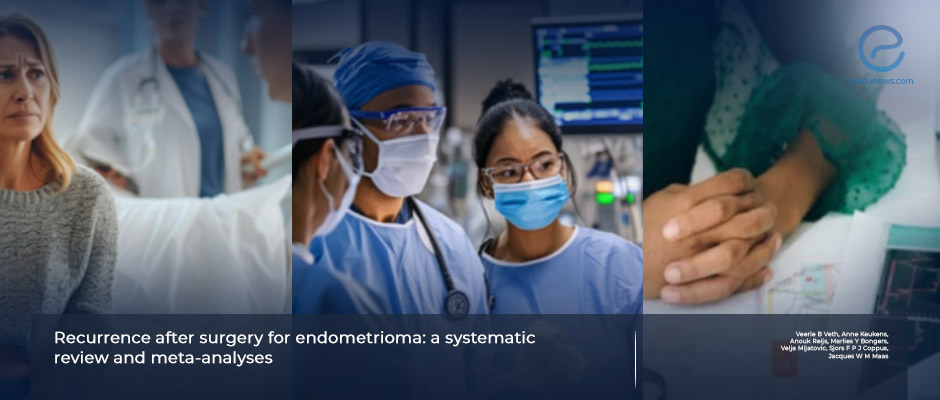
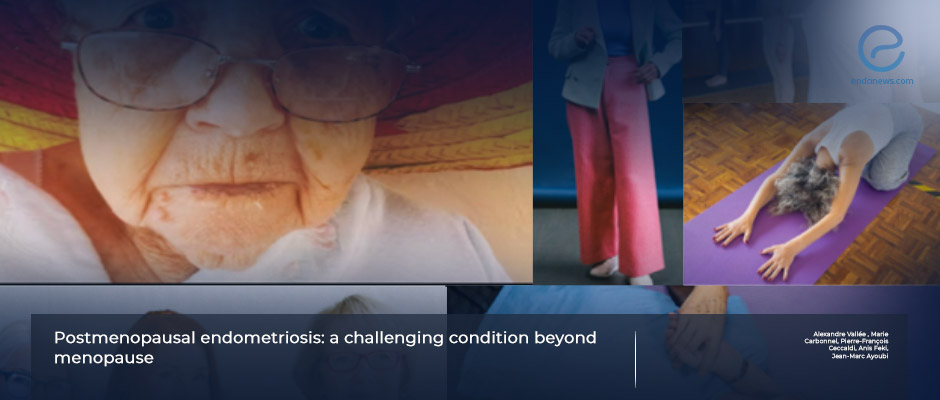
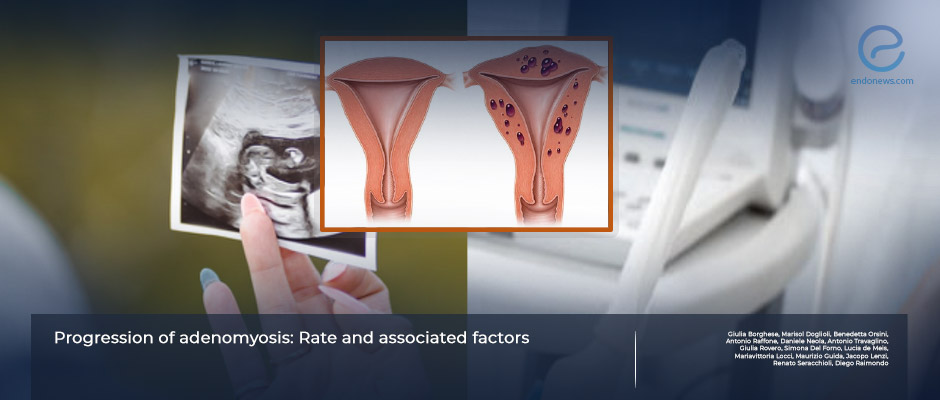

 By Bahar Yuksel
By Bahar Yuksel




